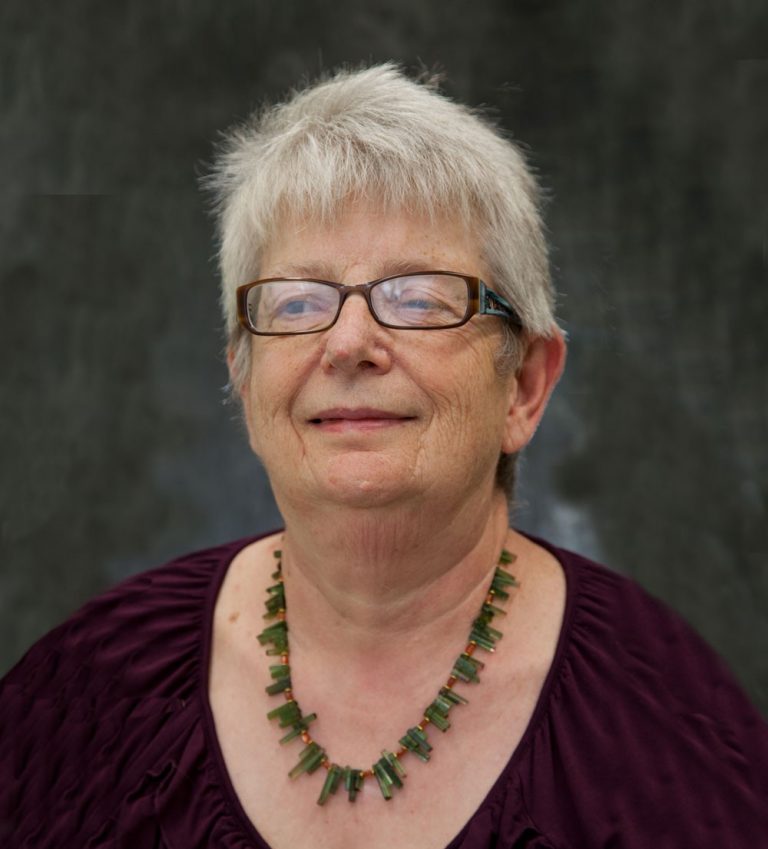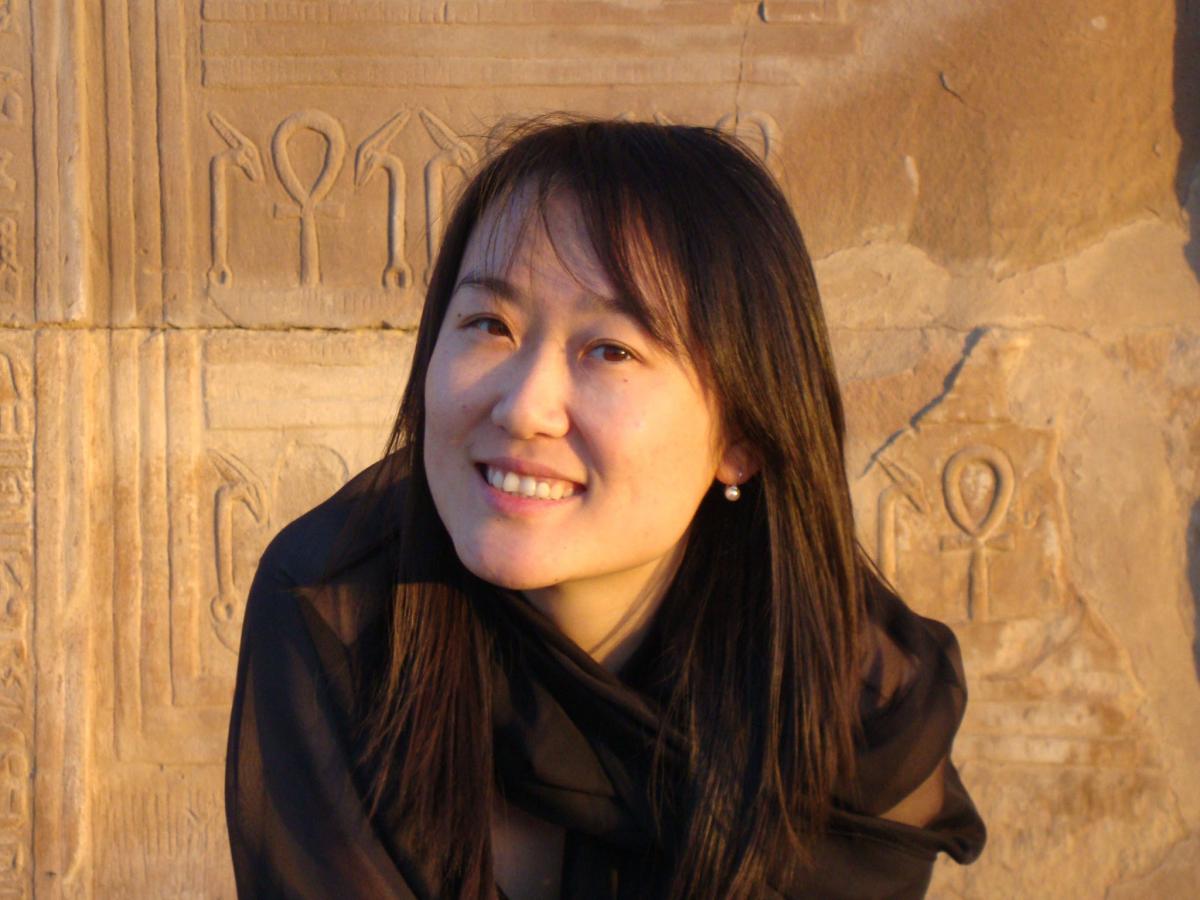Plenary session
The plenary session is scheduled for Wednesday morning, 16th September (Main Hall) and will consist of a series of three outstanding talks by:
- Professor Alexandra Navrotsky – Arizona State University, Laureate of the 2020 E-MRS Czochralski Award
- Professor Laura Na Liu - University of Heidelberg, Germany, Laureate of the EU-40 Materials Prize (awarded in 2019)
- International Atomic Energy Agency (IAEA) representative
Professor Alexandra Navrotsky, Arizona State University, Laureate of the 2020 E-MRS Czochralski Award:
|
|
||
 |
Thermodynamics of Materials under Extreme Conditions in Planetary Science, Aerospace Engineering , and Nuclear Energy Alexandra Navrotsky School of Molecular Sciences and Center for Materials of the Universe |
|
|
|
||
| Abstract: |
|
|
|
The newly established Center for Materials of the Universe (MotU) at Arizona State University seeks to bring together planetary scientists, chemists, physicists and engineers to develop fundamental understanding of the diversity of planets in our solar system and beyond and to discover new planet-inspired materials for aerospace technology and other applications. This lecture uses some of my calorimetric research to illustrate the importance of fundamental thermodynamics in addressing these topics. After an overview I present three examples taken from our recent calorimetric studies: energetics of corrosion of refractory oxide thermal and environmental barrier coatings by reaction with silicate dust; melting of iron-based spinel solid solutions, and thermochemistry of incorporation of carbon into silicates via the polymer derived ceramic (PDC) route and by other means. Each of these examples is relevant to materials technology and to planetary processes. |
||
|
Biography: |
||
|
Alexandra Navrotsky was educated at the Bronx High School of Science and the University of Chicago (B.S., M.S., and Ph.D. in physical chemistry). After postdoctoral work in Germany and at Penn State University, she joined the faculty in chemistry at Arizona State University, where she remained until her move to the Department of Geological and Geophysical Sciences at Princeton University in 1985. She chaired that department from 1988 to 1991 and was active in the Princeton Materials Institute. In 1997, she became an interdisciplinary professor of ceramic, earth, and environmental materials chemistry at the University of California at Davis and was appointed Edward Roessler Chair in Mathematical and Physical Sciences in 2001. She served as interim dean of the University of California Davis College of Letters and Sciences Department of Mathematical and Physical Sciences from 2013 to 2017. She organized the NEAT (Nano and New Materials in Energy, the Environment, Agriculture, and Technology) research group in 2002 and has directed the Peter A. Rock Thermochemistry Laboratory since her arrival in 1997. Starting end of 2019 she is now appointed at Arizona State University as the Director of the Center for Materials of the Universe. Her research interests have centered about relating microscopic features of structure and bonding to macroscopic thermodynamic behavior in minerals, ceramics, and other complex materials. She has made major contributions to both mineralogy/geochemistry and to solid state chemistry/materials science in the fields of ceramics, mantle mineralogy and deep earth geophysics, melt and glass science, nanomaterials and porous materials. She has developed unique high temperature calorimetric techniques and instruments and her laboratory the Peter A. Rock Thermochemistry Laboratory, collaborates with scientists all over the world. Honors include an Alfred P. Sloan Fellowship (1973); Mineralogical Society of America Award (1981); American Geophysical Union Fellow (1988); Vice-President, Mineralogical Society of America (1991-1992), President (1992-1993); Geochemical Society Fellow (1997). She spent five years (1986-1991) as Editor, Physics and Chemistry of Minerals, and serves on numerous advisory committees and panels in both government and academe. She was elected to the National Academy of Sciences in 1993. In 1995 she received the Ross Coffin Purdy Award from the American Ceramic Society and was awarded the degree of Doctor Honoris Causa from Uppsala University, Sweden. In 2002 she was awarded the Benjamin Franklin Medal in Earth Science. In 2004, she was elected a Fellow of The Mineralogical Society (Great Britain) and awarded the Urey Medal (the highest career honor of the European Association of Geochemistry). In 2005, she received the Spriggs Phase Equilibria Award. In 2006, she received the Harry H. Hess Medal of the American Geophysical Union. In October 2009, she received the Roebling Medal (the highest honor of the Mineralogical Society of America). In 2011, she became a member of the American Philosophical Society. In 2016 she received the Victor M. Goldschmidt Award from the Geochemical Society and the W. David Kingery Award from the American Ceramic Society. The World Academy of Ceramics elected Prof. Navrotsky to Science Professional Member in 2017. Recently, a newly discovered mineral K2Na10(UO2)3(SO4)9·2H2O was named Navrotskyite in her honor. |
||
Professor Laura Na Liu, University of Heidelberg, Germany, Laureate of the 2019 EU-40 Materials Prize:
 |
Dynamic plasmonics Laura Na Liu Kirchhoff Institute for Physics |
| Abstract: | |
|
A prerequisite to build advanced nanophotonic architectures is the ability to precisely control the organization of different optical elements, such as metal nanoparticles, fluorophores, semiconductor nanocrystals, and others in space. To this end, DNA origami represents an ideal construction platform owing to its unique sequence specificity and structural versatility. I will present sequentially a diverse set of DNA-assembled nanophotonic systems according to their characteristic optical properties. I will also discuss about the inevitable evolution from static to dynamic devices along with the fast development of this inter-disciplinary field. Finally, possible future directions and perspectives on the challenges will be elucidated. |
|
Campus de Beaulieu 35042 Rennes cedex France
+33 2 23 23 62 56Franck.Tessier@univ-rennes.fr
Kingston Lane Uxbridge UB8 3PH U.K.
ian.boyd@me.comFaculty of Materials Science & Engineering, Poland
malgorzata.lewandowska@pw.edu.pl